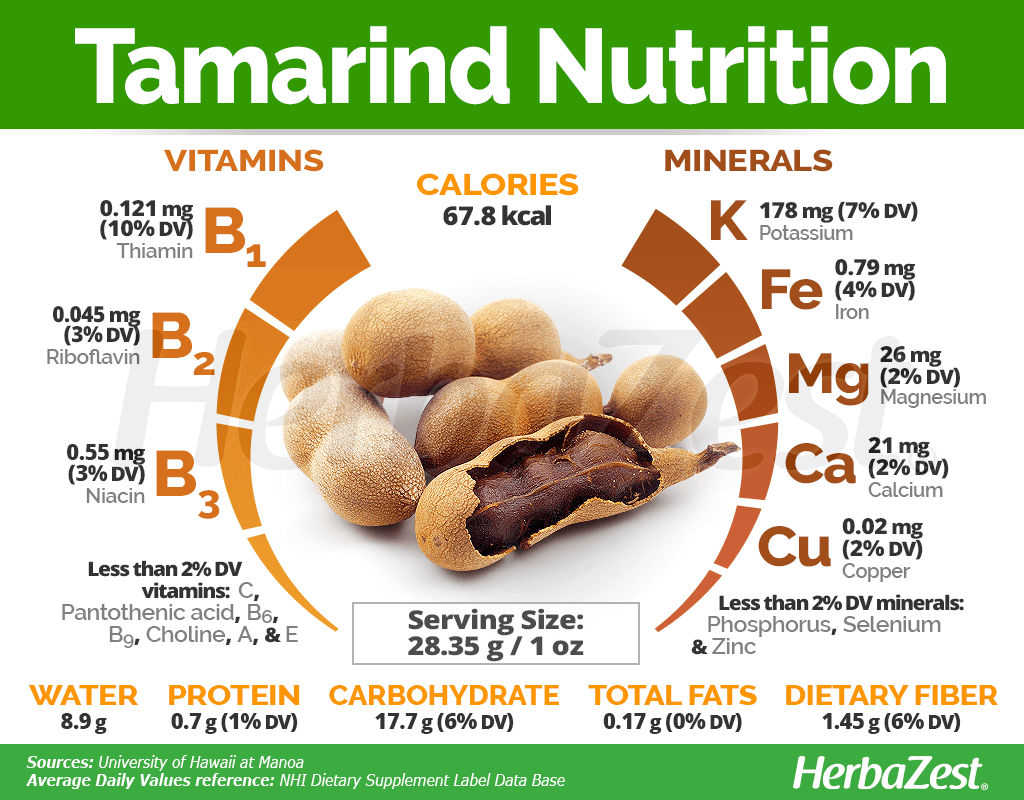
Tamarind: What is the benefit of Tamarind?
အောက်ဆုံးထိ ဆွဲကြည့်ပေးကြပါ ခင်ဗျာ
What is tamarind?
Tamarind is a hardwood tree, known scientifically as Tamarindus indica.
It’s native to Africa but also grows in India, Pakistan, and many other tropical regions.
The tree produces bean-like pods filled with seeds surrounded by a fibrous pulp.
The pulp of the young fruit is green and sour. As it ripens, the juicy pulp becomes paste-like and more sweet-sour.
Interestingly, tamarind is sometimes referred to as the “date of India.”

Medicinal uses
Tamarind has played an important role in traditional medicine.
In beverage form, it was commonly used to treat diarrhea, constipation, fever, and malaria. The bark and leaves were also used to promote wound healing.
Modern researchers are now studying this plant for potential medicinal uses.
The polyphenols in tamarind have antioxidant and anti-inflammatory properties. These can protect against diseases such as heart disease, cancer, and diabetes.
Home uses
Tamarind pulp can also be used as a metal polish. It contains tartaric acid, which helps remove tarnish from copper and bronze.
It is high in nutrients
Tamarind is high in many nutrients. A single cup (120 grams) of the pulp contains:
- Magnesium: 26% of the daily value (DV)
- Potassium: 16% of the DV
- Iron: 19% of the DV
- Calcium: 7% of the DV
- Phosphorus: 11% of the DV
- Copper: 11% of the DV
- Vitamin B1 (thiamin): 43% of the DV
- Vitamin B2 (riboflavin): 14% of the DV
- Vitamin B3 (niacin): 15% of the DV
It has trace amounts of:
- vitamin C
- vitamin K
- vitamin B6 (pyridoxine)
- folate
- vitamin B5 (pantothenic acid)
- selenium
It also contains 6 grams of fiber, 3 grams of protein, and less than 1 gram of fat. This comes with a total of 287 calories.
These calories almost all come from sugar — but whole fruits do typically contain a lot of natural sugar. Despite its sugar content, tamarind pulp is considered some fruit, not an added sugar.
Added sugar is the kind that’s linked to metabolic syndrome and type 2 diabetes, and it’s the kind of sugar that the Dietary Guidelines for Americans recommend that you limit.
It also contains polyphenols, which are naturally occurring plant compounds that have health benefits. Many of them act as antioxidants in the body.
Health benefit of Tamarind
1. Helps in weight loss
Tamarind is rich in fibre and has no fat content. Studies suggest that eating tamarind daily might actually help in weight reduction since it contains flavonoids and polyphenols.
Also, tamarind is loaded with hydroxycitric acid, which reduces your appetite by inhibiting amylase, an enzyme responsible for converting carbohydrate into fat.
2. Prevents peptic ulcers
Peptic ulcers can be very painful. These are basically sores that appear in the inner lining of the stomach and small intestine. Thanks to the polyphenolic compounds found in tamarind, this fruit can prevent these ulcers.
3. Effective in managing diabetes
Tamarind seed extracts are anti-inflammatory in nature, and they are even said to stabilize blood sugar levels and reverse the damage of the pancreatic tissue in those suffering from diabetes. The enzyme alpha-amylase which is proven to reduce blood sugar levels can also be found in tamarind.
4. Helps with digestion
Tamarind has been used since ancient times as a laxative because of its tartaric acid, malic acid, and potassium content. Its ability to relax abdominal muscles is why it is also used as a remedy for diarrhoea. So, while the fruit is used to relieve constipation, the leaves provide treatment from diarrhoea, and the root and bark can be consumed to alleviate abdominal pain.
5. Aids a healthy heart
Tamarind is a very heart-friendly fruit. Flavonoids present in tamarind lower LDL or “bad” cholesterol and raise HDL or “good” cholesterol levels, thus preventing the build-up of triglycerides (a type of fat) in the blood. It also has high potassium content which can help keep your blood pressure in check.
6. Takes care of your liver
It turns out that tamarind can take care of your liver as well. A diet rich in calories leads to a fatty liver and studies suggest that daily consumption of tamarind extracts can reverse this condition.
7. It can help you deal with allergies
It is an effective way to deal with allergic asthma and cough because of its antihistaminic properties. It’s also a rich source of vitamin C and can boost the immune system to prevent cold and cough.
Side effect of Tamarind
Since tamarind has so many benefits and is organic in nature, many people forget that it can also have certain side effects. Tamarind is essential a blood thinner and lowers your blood pressure. While this is great for your heart and cardiac health, it might prove to be a little dangerous in the event of an accident or injury as you may end up losing a lot of blood. Therefore, if you are already taking any medication to thin your blood, you need to be careful about the amount of tamarind you’re eating.
Reference: healthshots.com
- Are Canned Beans Healthy? Nutrition, Benefits, and Downsides

- What is the message of the song “Imagine” by John Lennon brainly?

- What is the mean of Wind of Change ?

- The Key Vitamin That Prevents Dementia

- Coffee May Help Protect Against AFib, Challenging Advice to Avoid It
- What Is The Difference Between Being Hard of Hearing and Deaf?



Thanks 👍👍
Thanks much for sharing…
Thanks for sharing ❤️❤️❤️❤️❤️❤️❤️❤️❤️❤️❤️❤️❤️❤️
Tamarind has played an important role in traditional medicine and it tastes not that bad too.
Thanks for good article and lovely song 🎵
💕💕
Tamarind is very useful for health and beauty. Thanks..
ဖြည်းဖြည်းချင်းအချိန်ပေးဖတ်တာပဲ ကလစ်ဖော် mandalay ကျတော့ ကင အများကြိးပဲ ဒိမှာကျတော့ ၂ခု၃ခုပဲရတယ် ကျွန်တော်တယောက်တည်းလား ကျန်တဲလူတွေရော အတူတူပဲလား
I really appreciate you to know about tamarind and lovely couple song 🎧
Done
🐟🐟🐟🐟🍣🍱
Thanks, Article and song.
I love this couple song ❤️
very informative health article Thanks a lot
Wow! Tamarind is very useful for health…thanks again!
Thanks you so much 💞💞❤️
Thanks millions for your efforts. Be healthy and take care.